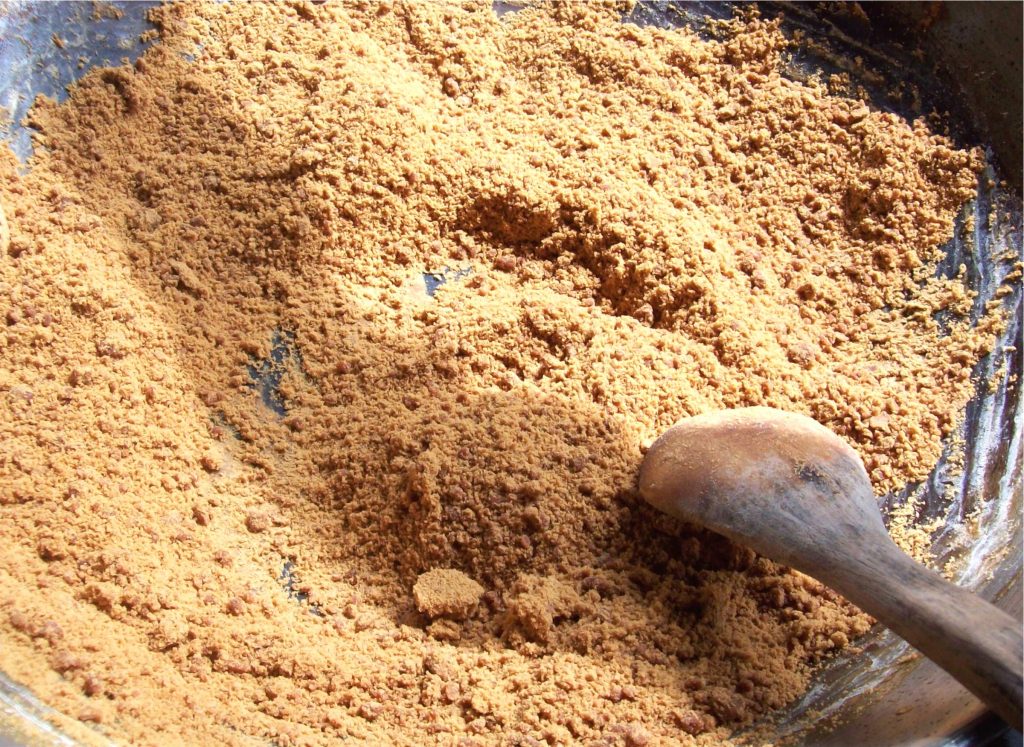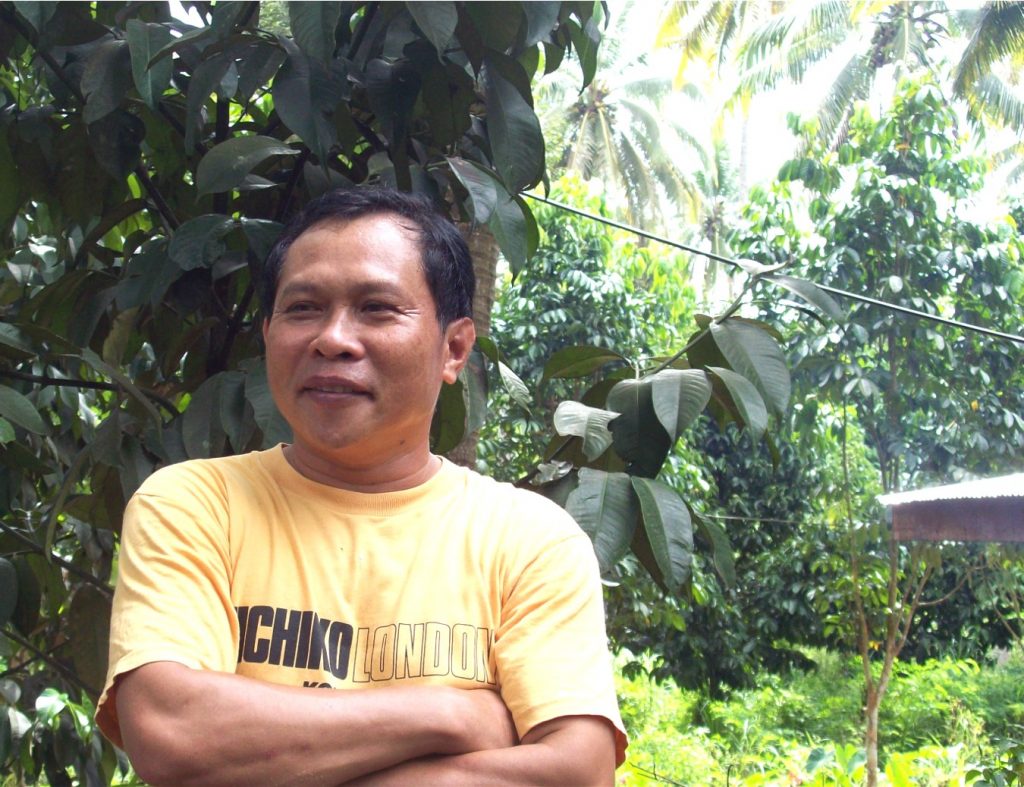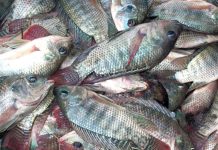Although not a native of the Philippines, coconut can be considered as God’s gift to Filipinos. It is called the “tree of life,” a moniker that couldn’t be truer in the country where the coconut industry provides a livelihood for one-third of the total population, according to data from the Philippine Coconut Authority (PCA).
The UN Food and Agriculture Organization (FAO) reports coconut production in the Philippines grew at the rate of 5.3% per year from 1911 to 1929. It increased by 5.2% from 1952 to 1966.

Today, the Philippines is the world’s second largest producer of coconut products – after Indonesia. The Philippine Statistics Authority (PSA) reported that about 3.6 million hectares of coconut trees are planted all over the country, dominating the landscape in 68 out of the total 81 provinces.
From January to March this year, the coconut production was recorded at 3.31 metric tons, slightly increased by 0.2% from the 2018 same quarter level, according to PSA. Davao Region is still the top coconut-producer which contributed 14.4% to the country’s total production. Zamboanga Peninsula followed with 13.6% and then Northern Mindanao with 12.9%.
All over the country, there are 3.5 million coconut farmers, PCA reports. About 25 million Filipinos, however, are directly or directly dependent on coconut industry.
“Coconut is one of the two agricultural commodities that earns the country more than a billion dollars in export revenues every year,” Dr. William Dar, former agriculture secretary, wrote in his Manila Timescolumn.
All is not rosy, however. Quoting the PSA, a news report from the Philippine Daily Inquirer stated: “The volume of country’s coconut exports in 2018 increased by 43.6% in 2017. However, gross export income from the commodity dropped by 9.9% billion from P8.07 billion.”
Copra, the dried coconut meat kernel, is an important agricultural commodity in the world. The Philippines has been exporting copra but recently the price in the world went down due to the low price and over supply palm oil in the world market.
Even before the price of copra went down, there were coconut farmers who engaged themselves in various ways of marketing their coconuts. One of them is Benjamin R. Lao of barangay Eman in Bansalan, Davao del Sur.

When he inherited the 5-hectare farm land from his parents in 1998, there were already coconut trees growing. Every three months, he harvested from as low as 400 to as high as 600 nuts. Since commercial fertilizers were very expensive, he planted different nitrogen fixing species like Flemingia macrophylla, Desmodium rensonii and Indigofera anil in various parts of the farm.
The leaves from these leguminous shrubs that fell below the ground became instant organic fertilizer for the coconut trees. Several months later, the coconut yields markedly increased to 15,000 nuts per quarter. “Some of my neighbors told me it was a miracle,” Lao says.
Although the money he made from copra was good, he wanted to earn more. After attending a seminar conducted by PCA, he thought of producing coconut sugar from the coconut sap or toddy.
Lao learned from the Department of Science and Technology (DOST) that coconut toddy contains 12%-18% sugar in its natural form with important vitamins and amino acids. It is also rich in nutrients and high in potassium. Phosphorus, magnesium, sulfur, calcium and vitamin C.
The flowers of the coconut tree provide the sap that is made into sugar. “Each tree in a good stand can yield an average of two liters of sap daily,” wrote Ricardo Argana of the S&T Media Services. “At least four coconut trees are needed to produce one kilogram of sugar.”
Argana said the production and the sugar content of the sap are determined by the location and the tree variety, as well as other factors such as the season, nutrition provided for the tree, the time and the way tapping are done.
“The production of coconut sugar is very simple,” Lao says. “It is just a natural process of heat evaporation to convert liquid sap to solid form of sugar granules. It requires no complicated and high-cost machineries or equipment nor a huge capital.”
What one thing about coconut sugar is that is all natural. That is why it is recommended to people with diabetes, a disease that afflicts more than 5 million Filipinos. “Coconut sugar has low glycemic index, a measure of blood sugar, thus good for diabetics and those having prostate problems,” Lao says.
Coconut sugar’s glycemic index (GI) is 35. “This is much lower than the 54 GI, the level which nutritionists consider as safe for people who have to watch out their glucose level,” Argana wrote.
In the beginning, he only sells the locally-produced coconut product inside his farm. Believing there was an untapped market for such product, he hired people and started producing other alternative sweeteners like coco honey and coco sap drink that are used for desserts and other delicacies.
Lao later registered these products with the Department of Trade and Industry under the moniker Donnabelle – a combination of the names of his two daughters. He started distributing his products in some outlets in nearby areas and the cities of Davao, Digos, General Santos and Butuan. Outside of Mindanao, his coconut sugar is being sold in Cebu and Metro Manila.
Due to the increasing demand for his products, he decided to incorporate Lao Integrated Farms Inc. in 2009. Since then, he has been exporting his products to the United States, United Kingdom, Australia, and other countries. “My coconut sugar is guaranteed 100-percent free from chemicals,” he assures.

But it’s not only coconut sugar that is very popular abroad. Teriyaki all-dip sauce, another coconut-based product, is also a hit among foreign consumers. People who buy his products are assured that they are fit for human consumption as his farm has earned various local and international organic and safety certifications.
Today, 80% of his coconut products are exported. He credited this achievement to continued research. Despite the success and awards he received, he never stopped doing studies on how to improve the quality of his products.
In fact, he was named by DOST as a magsasaka-siyentista. “As a farmer-scientist,” he says, “I was able to focus on researching about coconut sap products. It took us eight months to study on how to make export-quality coconut syrup.” (To be continued)






